Enhance Motivation Through Personalized Fitness Tech
How Mobile Exercise Apps Personalize Workouts for Users
Technology has transformed the fitness industry. Mobile exercise apps now shape how people approach fitness. These apps provide personalized workout experiences tailored to individual needs and goals. This blog explores how mobile exercise apps personalize workouts and their importance.
Understanding Personalization in Fitness Apps
Personalization drives effective fitness training. Users can now avoid generic workout plans that do not suit them. Instead, mobile exercise apps customize workouts based on various factors. These factors include fitness level, goals, and preferences, enhancing user engagement and results.
Data-Driven Insights
Many mobile exercise apps collect data to understand user behavior. They track metrics like workout frequency, duration, and intensity. By analyzing this data, apps offer informed recommendations. For example, if a user struggles with push-ups, the app suggests alternative exercises or coaching tips. This approach challenges users without frustration, creating a more effective fitness experience.
User Profiles and Goals
Creating a user profile is often the first step for app users. Users input details such as age, weight, height, and fitness goals. The app generates a personalized workout plan based on this data. For instance, someone wanting to lose weight receives different recommendations than someone wanting to build muscle. This focus keeps users motivated.
Many apps let users set short-term and long-term goals. Short-term goals enhance engagement and provide a sense of accomplishment. Long-term goals help users commit to their fitness journey. Some apps also offer progress tracking features that visually depict improvements, reinforcing achievement.
Adaptive Workouts
Many mobile exercise apps adapt workouts in real-time. As users complete workouts, the app assesses their performance. If a user finishes a workout easily, the app increases intensity or complexity for the next session. Conversely, if a user struggles, the app modifies the next workout to keep it challenging yet achievable. This adaptability maintains a balance between improvement and preventing burnout or injury.
Tips for Maximizing Personalization
Users can enhance their experience with mobile exercise apps by following simple tips.
Set Clear Goals
Users should define clear fitness goals before starting. Whether for weight loss, muscle gain, or endurance improvement, specific goals help apps create tailored workouts. Users can adjust their goals over time as they progress. For example, a user aiming to lose 10 pounds might shift focus to running a 5K. Communicating these changes ensures the app remains relevant.
Conclusion
In conclusion, mobile exercise apps personalize workouts through data-driven insights, user profiles, and adaptive features. These elements enhance user motivation and effectiveness.
Below are related products based on this post:
FAQ
How do mobile exercise apps personalize workouts for individual users?
Mobile exercise apps personalize workouts by collecting user data such as fitness level, goals, and preferences. They create customized workout plans based on this information, ensuring that users receive tailored recommendations that suit their unique needs, enhancing engagement and results.
What factors do mobile exercise apps consider when creating a personalized workout plan?
These apps consider several factors, including the user’s age, weight, height, fitness level, and specific fitness goals. By analyzing this information, the app generates a workout plan that is tailored to meet the user’s objectives, whether it’s weight loss, muscle building, or improving endurance.
Can mobile exercise apps adapt workouts in real-time?
Yes, many mobile exercise apps have the capability to adapt workouts in real-time. They assess user performance during workouts and adjust the intensity or complexity of future sessions based on how easily or challenging the previous workouts were, maintaining a balance between improvement and preventing burnout or injury.
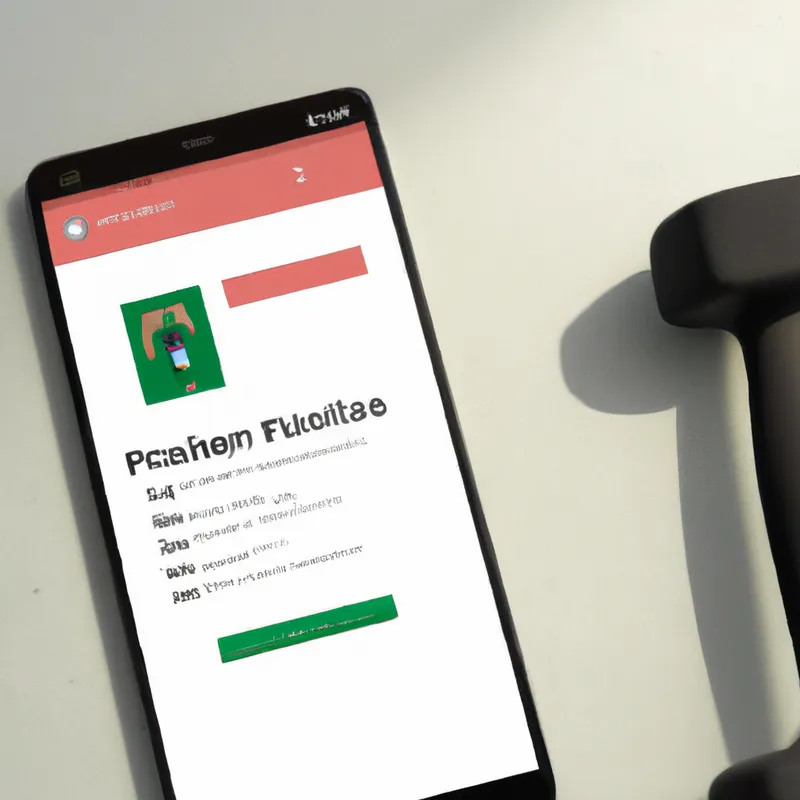



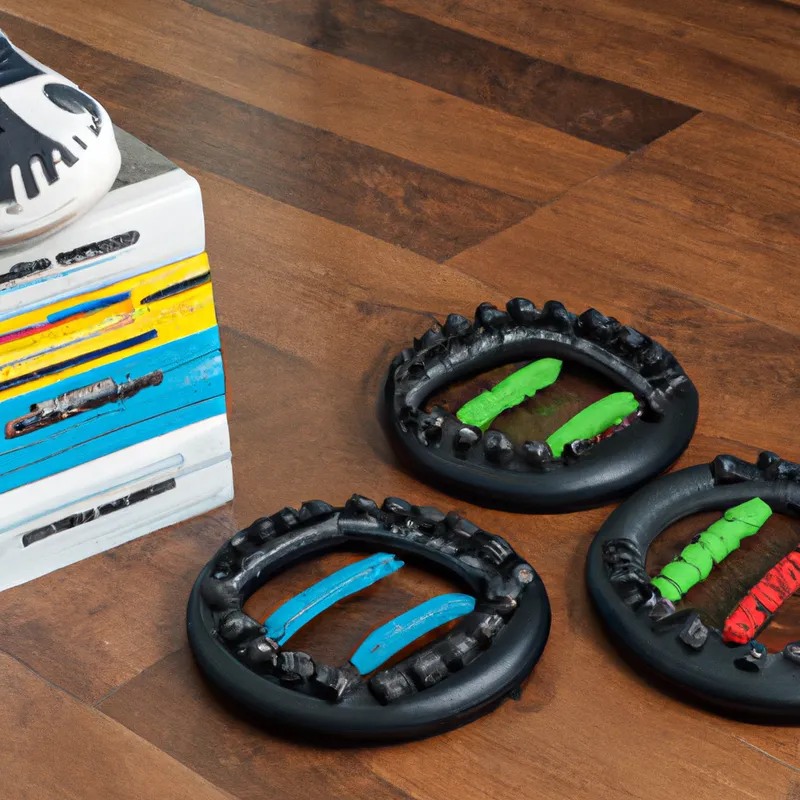


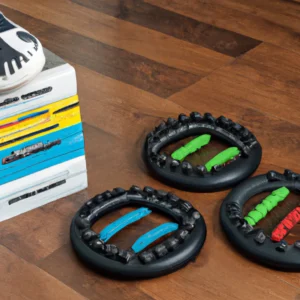





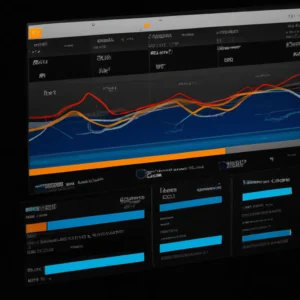
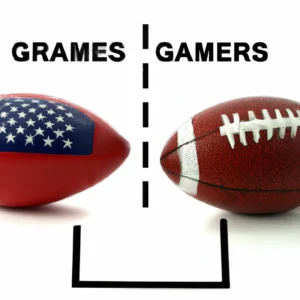
Post Comment